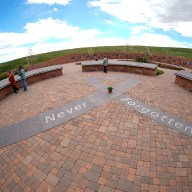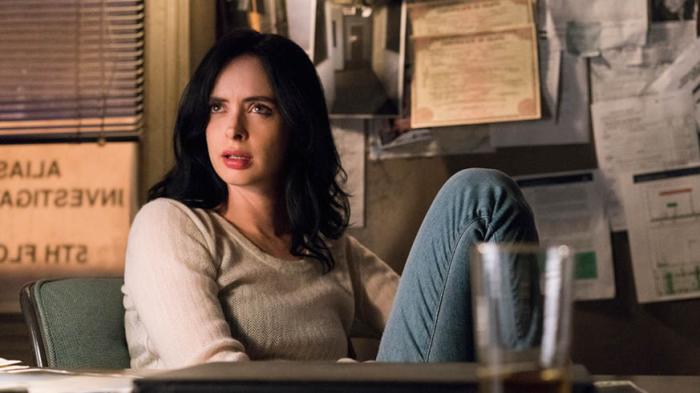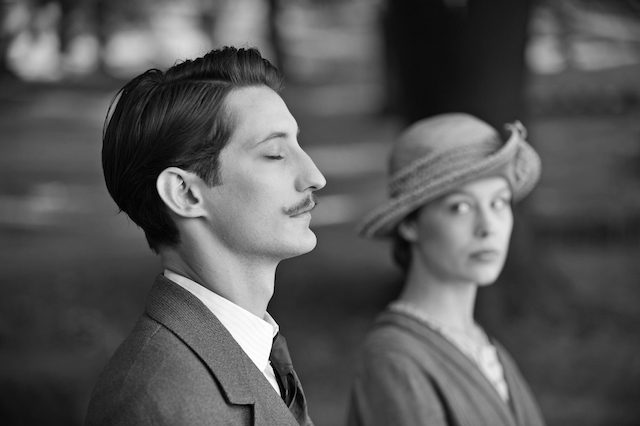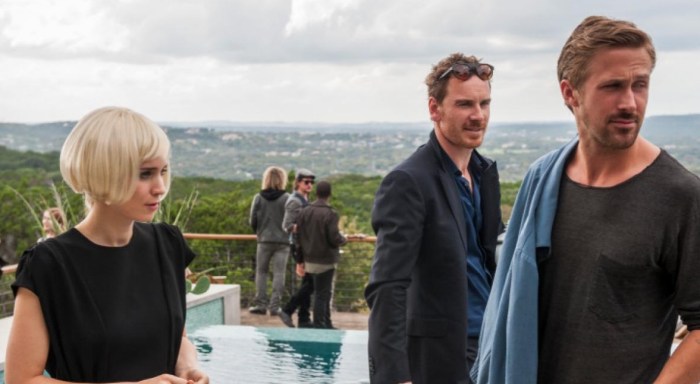‘The Hateful Eight’ “Let’s slow it down. Let’s slow it way down,” a character says somewhere in the third hour of “The Hateful Eight.” He’s not kidding. Discounting the two-part “Kill Bill,” Quentin Tarantino’s epic western is the longest film he’s ever made, but it’s also the slowest — the one most conscious of pacing and how its maker’s dialogue isn’t just there to sound cool or flowery. It’s there, in “The Hateful Eight” more than in any other film, to draw out time to the point that we forget about it. Especially in “Eight”’s first half — before the actual, old-school intermission (if you’re seeing the 70mm “roadshow” version) — it serves a similar purpose to the long takes in Bela Tarr films: so we get enveloped and lost inside a world that’s the size of a small bubble. RELATED: Review: “Star Wars: The Force Awakens” proves sequels are better than prequels It’s also there to make the second half more of a shock — to make it seem even bloodier, twistier and more genuinely nasty, even hateable, than it would without the glacial lead-in. Despite being shot in 70mm, “The Hateful Eight” is essentially a piece of theater, albeit one heavy on squibs and a couple exploding heads. (Tarantino has threatened to repurpose it on stage.) A looming blizzard strands the titular octet in a remote Wyoming haberdashery. Each visitor is a different kind of wretched, all equally self-interested: Samuel L. Jackson is a Union soldier-turned-bounty hunter, Kurt Russell a mega-mustachioed hangman chained to a near-feral outlaw (Jennifer Jason Leigh), Bruce Dern a crotchedy ex-Confederate general, etc. The North won the war, but all that’s left is people who hate each other forced to congregate and not get along before all hell — very eventually — breaks loose. The public perception of Tarantino is as a puppetmaster of ultraviolence. In truth he parcels it out. People remember the dialogue as well as the parts where people’s brains are splattered all over car interiors, but they may not remember the chatter-to-violence ratio is about 50:1. “The Hateful Eight” is partly meta-commentary, playing with our expectations. Almost all of the “good stuff” is put off to the second half, post-intermission, following a genuinely shocking first act closer designed to leave all jaws dropped, and not all of them happily. And once it starts it doesn’t let up, even if you eventually want it to. Tarantino is also often categorized as being “politically incorrect” for “going there,” for shocking with his violence and his portrayal of racist, sexist, homophobic happenings. That’s wrong, too. And yet “The Hateful Eight” ups the offensiveness into the stratosphere. It’s sometimes the movie everyone thinks every Taraniitno movie is but usually isn’t. You could even think it’s just being juvenile, just trying to get a rise out of us, maybe even kowtowing to the bigots and the sexists in the audience. The b-word is hurled at Leigh’s Daisy Domergue as often as the n-word is pelted at Jackson’s Major Marquis Warren, though at least Warren, unlike Domergue, isn’t routinely punched in the face, and then later coated in a couple geyser-fulls of various, shall we say, unpleasant liquids. RELATED: Our review of “Bone Tomahawk,” another bloody Kurt Russell Western from 2015 What it’s not doing is simply shocking us. It’s only pretending to be juvenile. There’s an intelligence underneath the unpleasantries, even an agenda. It may take time to figure out Tarantino is presenting an absurdist, funhouse vision of humanity that’s about more than shocks — and which even looks very social media-bred 2015. Maybe we haven’t ever gotten better than the post-Civil War era; maybe we’ve regressed. The good people are gone (by bloody force, it turns out), replaced by baddies acting on their basest needs and prejudices. They’re constantly at each other’s throats, sometimes forming alliances, transitory or fake though they may be. They lie to survive, and Warren will even tell a tall, deeply, actually offensive story, not to offend modern viewers but just to further his agenda. He uses bigotry as a weapon. RELATED: Review: “Pierrot le fou” is still Jean-Luc Godard’s best film Our own allegiances shift until we realize whichever one we like the most is as bad as everyone else. Eventually two people who hate each other are teaming up to dispense with a type of person they both despise more than each other. By film’s end what you’ve seen has been shocking, even genuinely messed-up, and it wants you to be shocked and unnerved, because if you aren’t you’re not human. But it’s not nihilistic. And it’s not wrong.
Director: Quentin Tarantino
Stars: Samuel L. Jackson, Jennifer Jason Leigh
Rating: R
4 (out of 5) Globes
‘The Hateful Eight’ is Tarantino’s bloody look at humanity at its worst
Follow Matt Prigge on Twitter @mattprigge


















